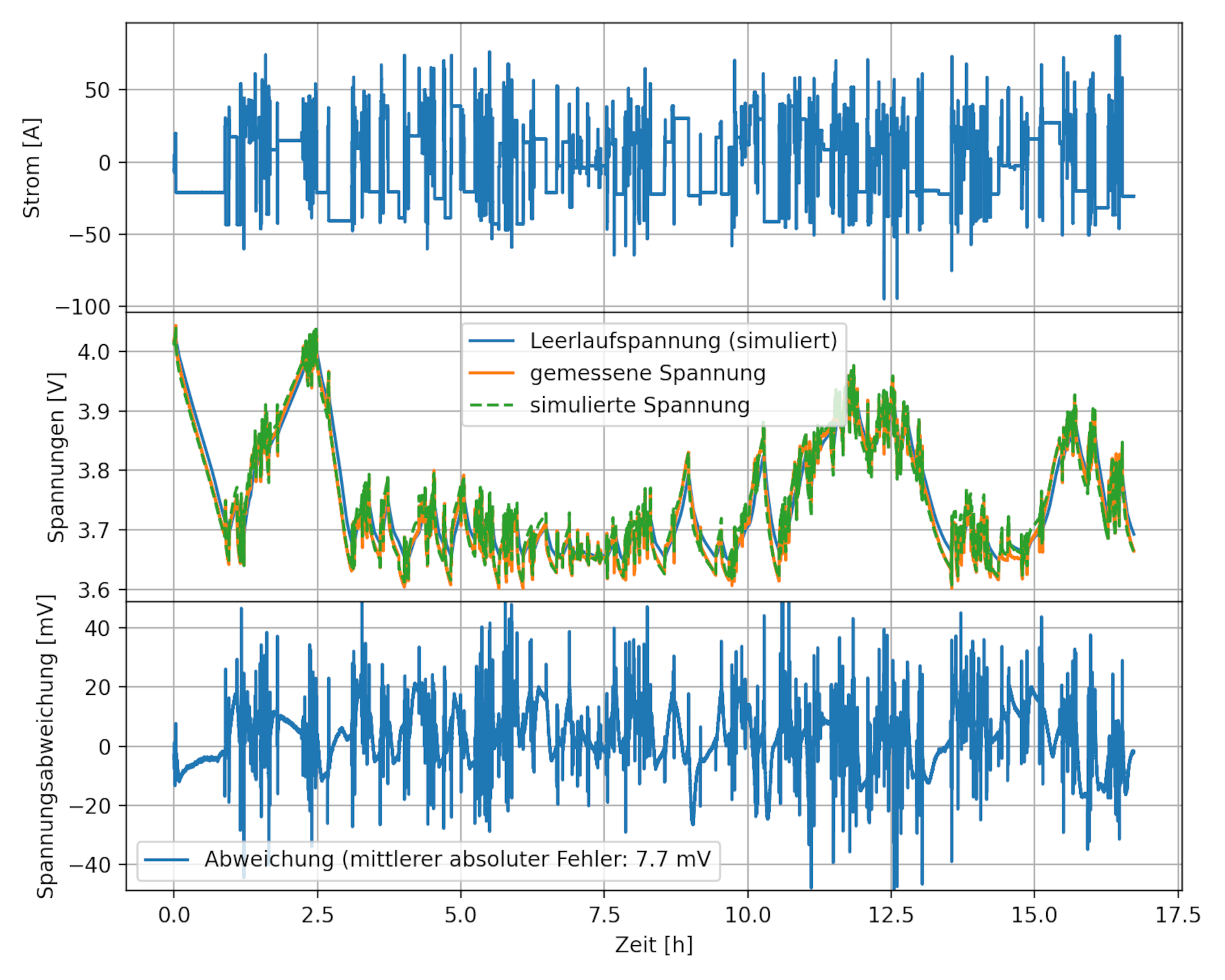In the field of “Digital Tools and Services,” we focus on using our broad and structured base of curated data to develop innovative digital tools and services with our domain knowledge. These serve to automate, facilitate, and accelerate the analysis of battery data.
Our work includes developing tools for easily visualizing and quickly evaluating complex data. By linking data points along the entire value chain, we can incorporate the entire data history into our analyses. In addition, we use our experimental data to develop empirical models.
When designing our software, we draw on the logical description of our processes and experiments. By consistently describing the laboratory and simulation processes, we ensure interoperability and flexibility when using our tools. This enables us to develop customized solutions for our customers' specific needs.
Our goal is to see digitalization as an opportunity to make battery research and production more efficient and effective. We strive to open up new possibilities and solutions for industrial contract research and collaborative projects by using digital tools and services.

